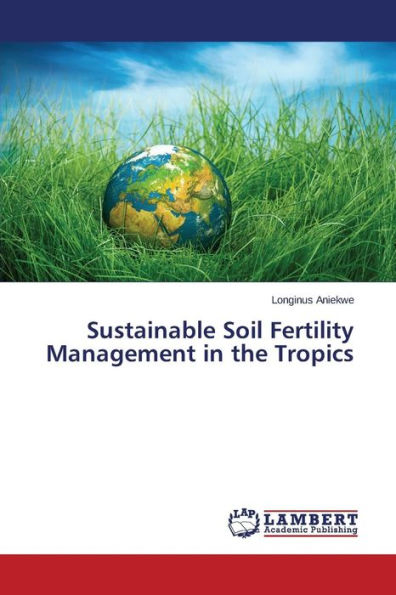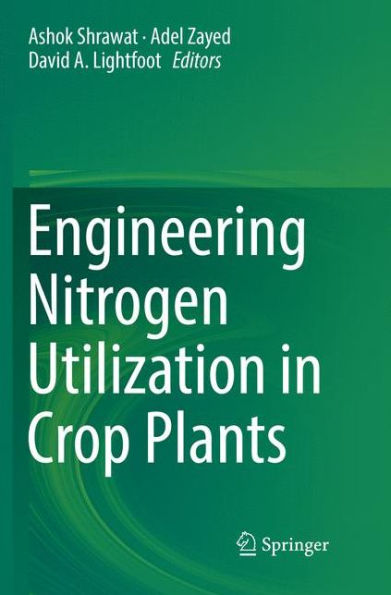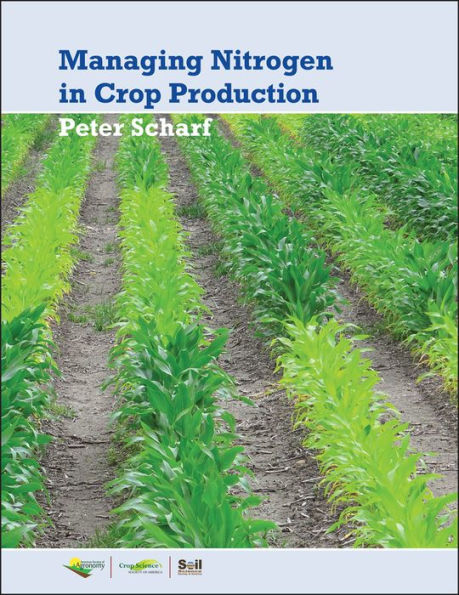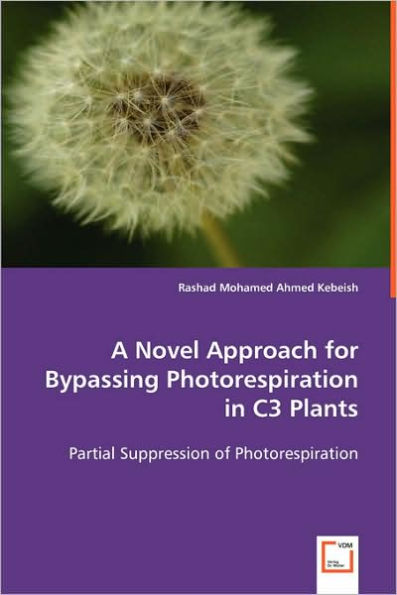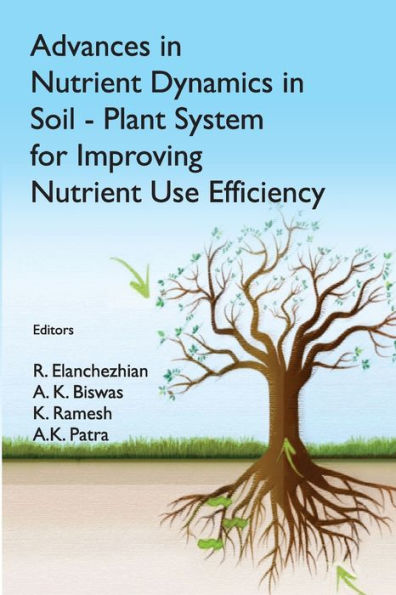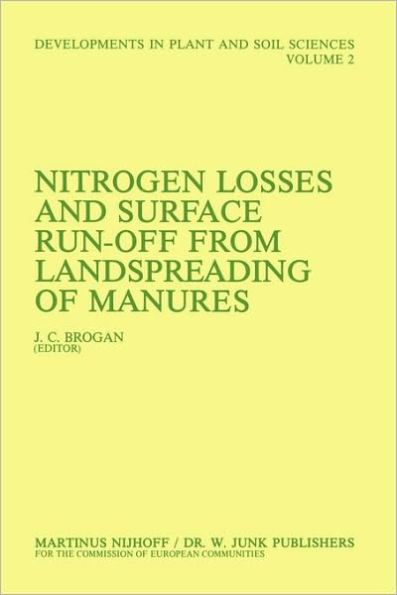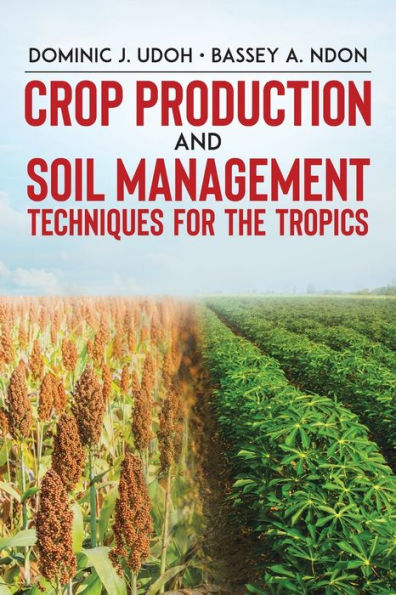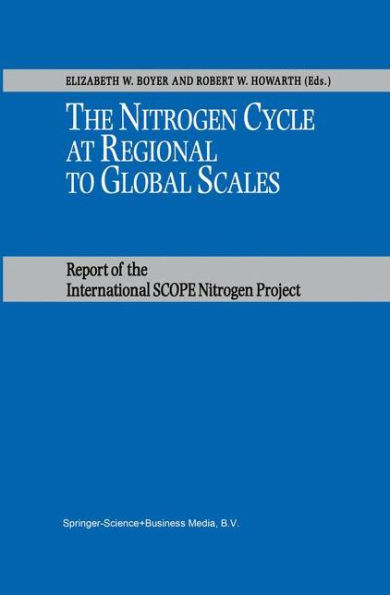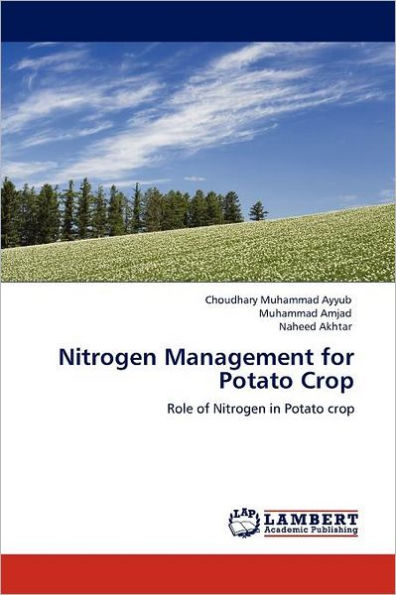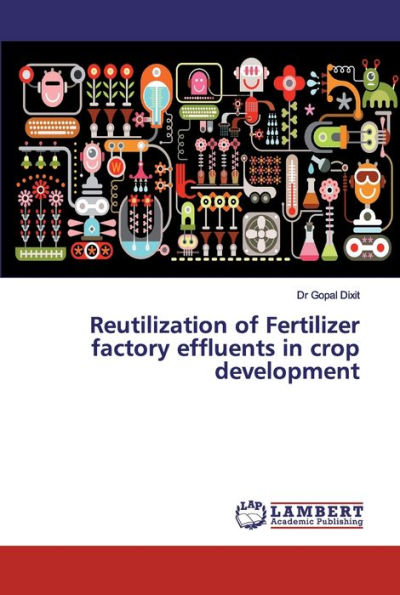Home
Bypass Flow Nitrogen Losses in Vertisols in Tropical Environments


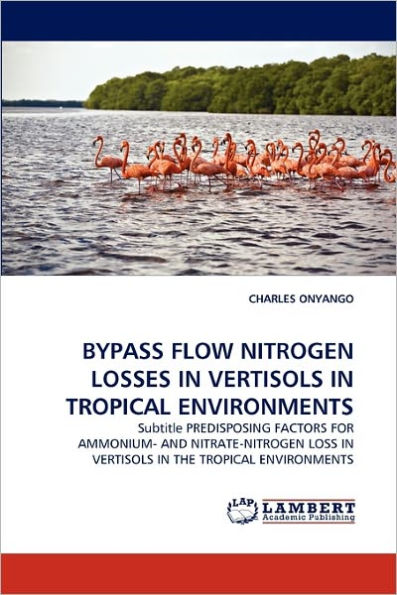
Bypass Flow Nitrogen Losses in Vertisols in Tropical Environments
Current price: $52.92
Loading Inventory...
Size: OS
Bypass flow is one of the main avenues of fertilizer nitrogen (N) loss in agricultural fields. The magnitude of fertilizer N carried in bypass flow is influenced by soil characteristics, nitrogen species (i.e., NH4+ or NO3-) and rainfall patterns, inter alia. Wetting the soil prior to fertilizer application resulted in significantly (p<0.05) higher bypass flow and mineral N recovered in the effluent than did the no prewetting treatments. Both ammonium- and nitrate-N recovered in the bypass flow increased with rainfall intensity and frequency. Nitrogen source and rate also resulted in significant (p<0.05) increases in mineral N in the effluent. The effect of N source on ammonium-N in the effluent were in the order urea > ammonium sulphate > calcium nitrate, while the effect of N sources on nitrate-N were in the order calcium nitrate >urea = ammonium sulphate. The increase in nitrate-N in the effluent due to fertilizer rate were in the order 200 > 100 > 50 kg N ha-1. Ammonium- N losses were low being in the range 0.1 to 1 %, while nitrate-N losses were high, being in the range 0.02 to 21 % of the applied fertilizer.

